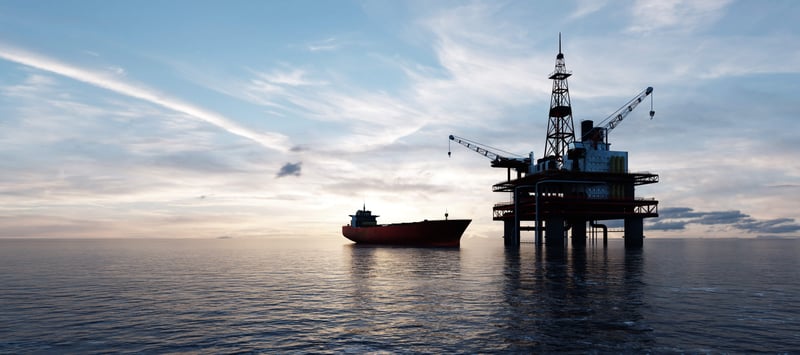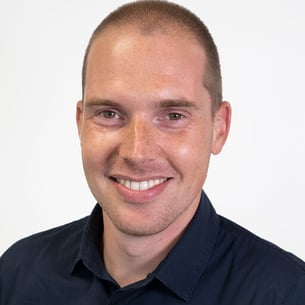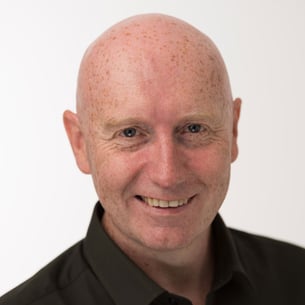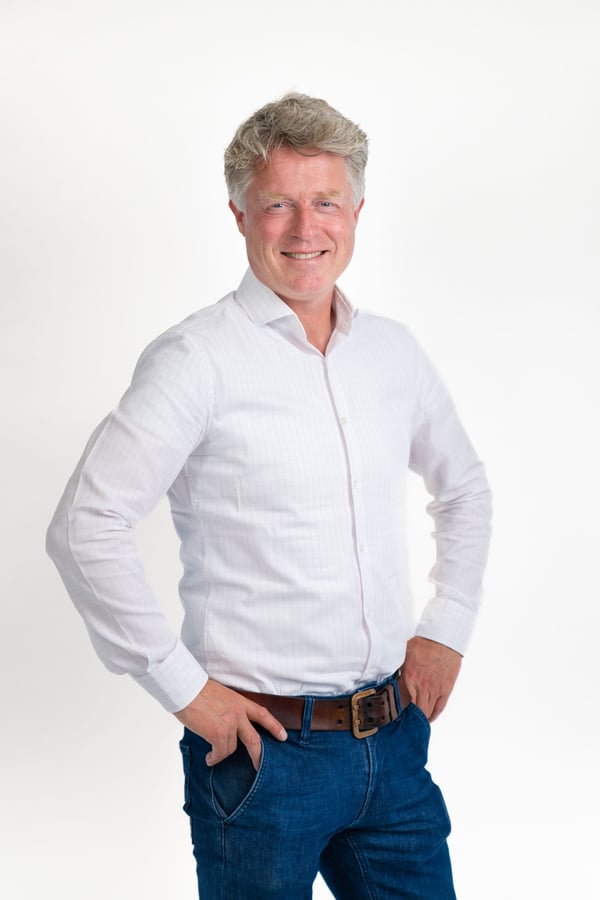- Home
- Our clients
-
Customer case Van Oord
A client's story
How Van Oord improves operational planning using observational weather data
in the Black Sea
Result:
Van Oord is sharing observational data from wave buoys with Infoplaza, gradually becoming the next step to include in their best practices. This is because they know that by collaborating with their forecaster, they gain the most accurate weather forecast for their offshore operations at any location.
Solutions used:
Curious?
Van Oord is a renowned contractor for large-scale offshore projects, like wind farm installations, dredging and coastal development projects. These kinds of projects almost always require weather forecasts tailored to local topography. As such, Van Oord is familiar with many of the key issues around weather forecasting accuracy and its impact on offshore operational planning.
Gain more confidence in the weather with Infoplaza for a coastal reinforcement project
Commonly used global scale weather models don’t consider local impacts as they are limited by resolution. Van Oord has partnered with Infoplaza before to improve forecast accuracy for a wind farm installation operation in the IJsselmeer in the Netherlands. So, when they were assigned a coastal reinforcement project on the Romanian seaside resort of Eforie, Van Oord worked closely with Infoplaza again to gain more confidence in the weather forecast used.
 Romanian coastal reinforcement project: Eforie
Romanian coastal reinforcement project: Eforie
Van Oord was contracted in 2019 to design and build new groynes and beaches on the coast near Eforie, located 25 miles south of Constanta. In addition, the pier and some of the breakwaters need to be removed. These new constructions and beaches will protect the popular coastal town from erosion by the waves of the Black Sea.
Part of the project is the construction of three hectares of seagrass beds. These kinds of seabeds are a very important biotope for marine ecology, however, as a result of climate change, disease, coastal redevelopment and pollution, there is a worldwide decline in seagrass. The Eforie coastal reconstruction aims to halt the seagrass decline in this area as these small green plants store carbon dioxide, keep sediment from washing away and help protect the coast. Van Oord conducted research to determine how to restore the seagrass at this location in the best way to reinforce and rehabilitate the coast, taking local conditions into account.
Additional reinforcement plans include replacing the existing coastal defenses with more effective and nature-friendly alternatives.
After the design phase of about eighteen months, the construction of the groynes started in the spring of 2021.
Measuring the actual weather
Initially, global scale weather and oceanic models covering the Black Sea and basic wave propagation models were used to generate the forecasts. There were no indications these models wouldn’t provide reliable information for this area. However, shortly after the non-critical operations started, Van Oord noticed the weather forecast was underperforming. One day, bad weather conditions showed up in the dashboard, so vessels remained in shelters. However, the predicted conditions never came to pass.
Feedback from crew members complaining about the weather forecast was an indication for Van Oord that maybe the forecast might need improvement. However, proving that the weather forecast is off using only observations from team members isn’t as factual as data from a sensor - for example an anemometer or a wave buoy. As part of their best practices, the Van Oord team always deploys wave buoys for large scale construction projects. As soon as the wave buoy arrived and was installed, the data confirmed what crew members observed earlier. The operational team immediately contacted Infoplaza about the discrepancy, which mostly showed a difference in wave heights.
Within a week, the Van Oord team began working in collaboration with the Infoplaza modellers to solve the technical issues. Modellers from Infoplaza enhanced the wave and atmospheric models immediately, and together, they were tuned to provide a forecast that closely matches the conditions observed by the wave buoy. This was a significant refinement in which the weather models were calculated using the bathymetry of the Eforie coastline.
This level of observational on-location data is immeasurably beneficial to point-specific weather forecasting. It allows meteorologists to learn and verify how the local topography affects the model used and make appropriate changes to the forecast.
Why share real-time observations?
As soon as the wave buoy was deployed, Van Oord decided to share the data with Infoplaza. Since they had shared observational data with the Marine Weather Dashboard during a previous wind farm installation project, there were no technical constraints to do so. Plus, contractually, the observational data will always remain the intellectual property of Van Oord. The offshore operation team mainly perceived the existence of this data as an opportunity to optimise the weather forecast, hence the overall operation efficiency.
Within a few days, the API was set up and real-time observations were visualised into the Marine Weather Dashboard. After refining the weather models, Van Oord saw more alignment between the weather forecast and the actual wave heights on site. And the perception of confidence in the weather forecast gradually started to change within the team. Since then, the construction manager for the floating equipment team has begun proactively monitoring the weather forecast he receives by email each morning and feels confident in what the available weather window will be. He knows when a storm is coming, which allows the team on the open waterfront enough time to temporarily cover constructions that are being built.
From Van Oord’s perspective, sharing observational data has three main advantages for offshore operations:
- Direct insight for the project team in the performance of weather forecasts in relation to the observational measurements.
- It provides Infoplaza with quantitative data allowing their modellers to tailor the weather forecast for Van Oord’s offshore location immediately.
- The wave buoy measures weather conditions like wave periods and significant wave height 24/7. This real-time data is integrated into the Infoplaza Marine Weather Dashboard and compared with the weather forecast. Thanks to the real-time buoy data Van Oord can track and verify the accuracy of forecasts in hindsight.
The comfort of a monthly verification report
A monthly verification report from Infoplaza tells Van Oord exactly how accurate the weather has been forecasted. These reports are a way for the Van Oord team to keep the lines between them and their weather forecast provider short. Any issues such as deviations with wave height that are not in the forecast are highlighted in the verification reports. The modelers at Infoplaza can then access the real-time data 24/7 and better refine the models.
Furthermore, at Infoplaza, there are meteorologists and modelers who can double-check data from past events at all times and refine the model for more accurate forecasting in the future.
In other words, for Van Oord, the verification reports are an automated check on their weather forecast provider. Whereas for Infoplaza, the reports are an internal trigger to help them continuously monitor the accuracy of the weather forecast.
As mentioned before, having a wave buoy in place for offshore operations similar to the construction project at Eforie is already standard procedure at Van Oord. And sharing observational data from the buoy is gradually becoming the next step to include in their best practices. This is because they know that by collaborating with their forecaster, they gain the most accurate weather forecast for their offshore operations at any location.
Make better decisions together with our experts

Marsel Blok
Marine meteorologist
"With our accurate and current information you are able to make decisions with confidence."

Jim Murray
Business development manager
"It is our goal to help you carrying out safe, efficient and sustainable operations, with information based on your thresholds and requirements."

Do you recognize yourself in the story of Van Oord?
My colleagues and I are happy to help you with your challenges. Fill out the form below and we will get back to you as soon as possible.
Olaf Sueters
Head of Sales B2B
We will respond within one day